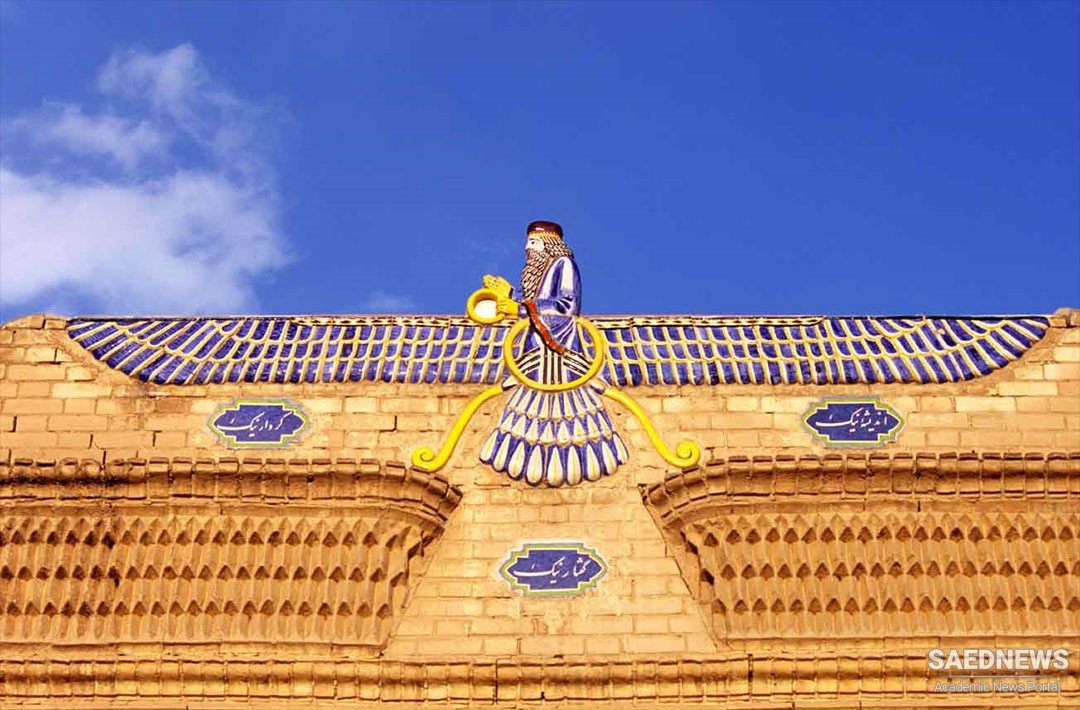Zoroastrianism is one of the oldest religions in the world, going back to the 2nd millennium B.C.E. and the Iranian tribes still living in Central Asia, before they moved south onto the Iranian Plateau. The ancient Iranians imagined a world in which Order and Chaos constantly vied for supremacy. The partisans of Order were heavenly powers with Ahura Mazda, the All-knowing Ruler, at their head, who combated Chaos in the form of Darkness, Decay, and Death to reestablish Order in the form of Light, Growth, and Life. Both Order and Chaos had their followers among living beings. In fact, all living beings had to make a choice of which side they wanted to support. The good would declare for Ahura Mazda, imitating and following the example of the first living being to worship him, Zarathustra, chosen for that purpose at the beginning of time. With the help of His human followers, especially, the priests who perform sacrifices for Him, Ahura Mazdâ becomes the ruler of the universe and reinstalls His cosmic Order by making the sun rise and the rains fall. The sun brings light and warmth to the earth, His daughter, and the rains fertilize her, making her produce all good things for living beings. In the Achaemenid period, the king similarly acted as Ahura Mazda’s chosen, who by his sacrifices supported the deity, who in turn supported the king, bestowing upon him the power to reestablish Order on earth (Source: Introduction to Zoroastrianism, Prods Oktor Skjærvø).


 Ancient Iran: Preliminary Notes
Ancient Iran: Preliminary Notes














































